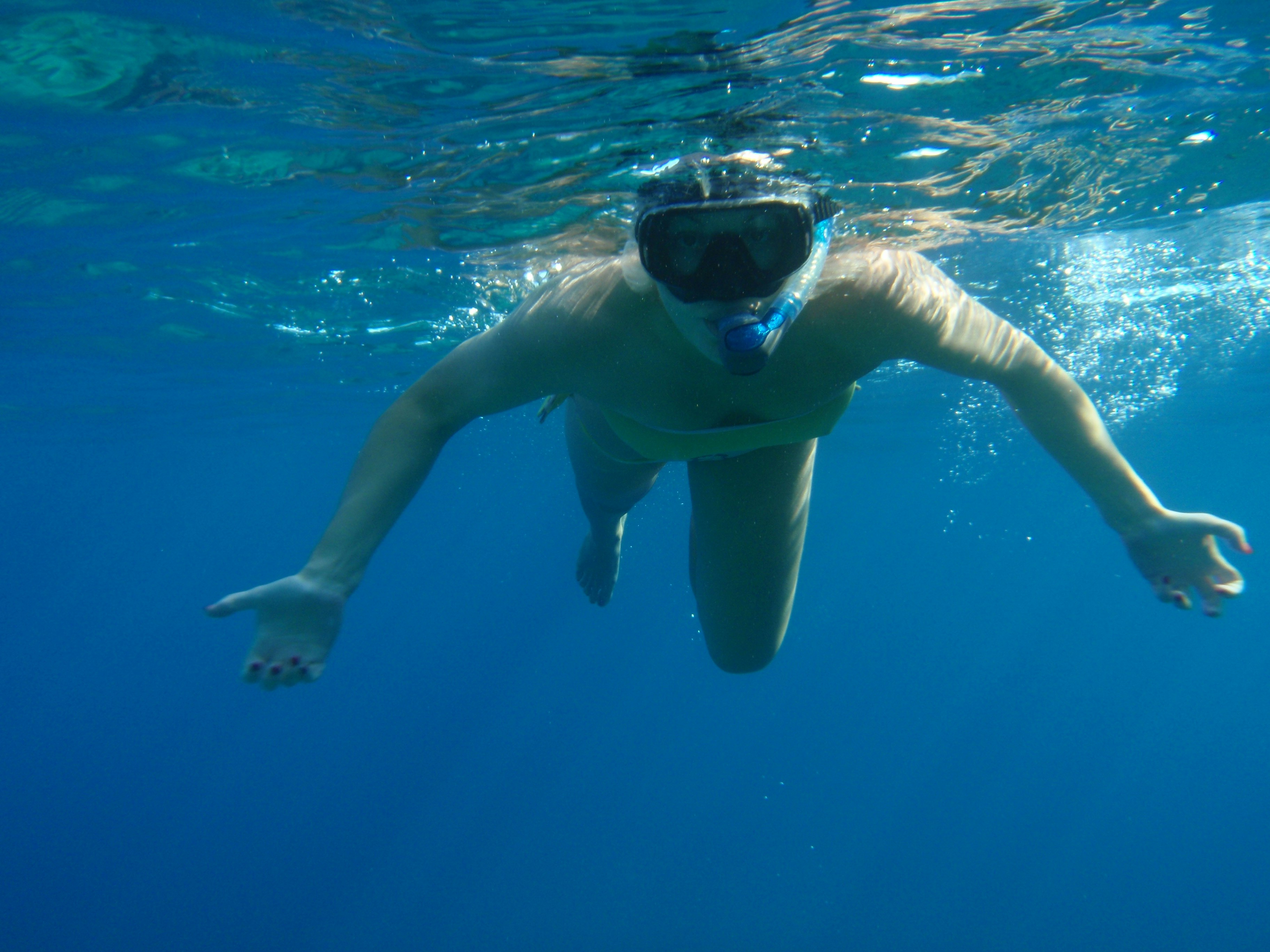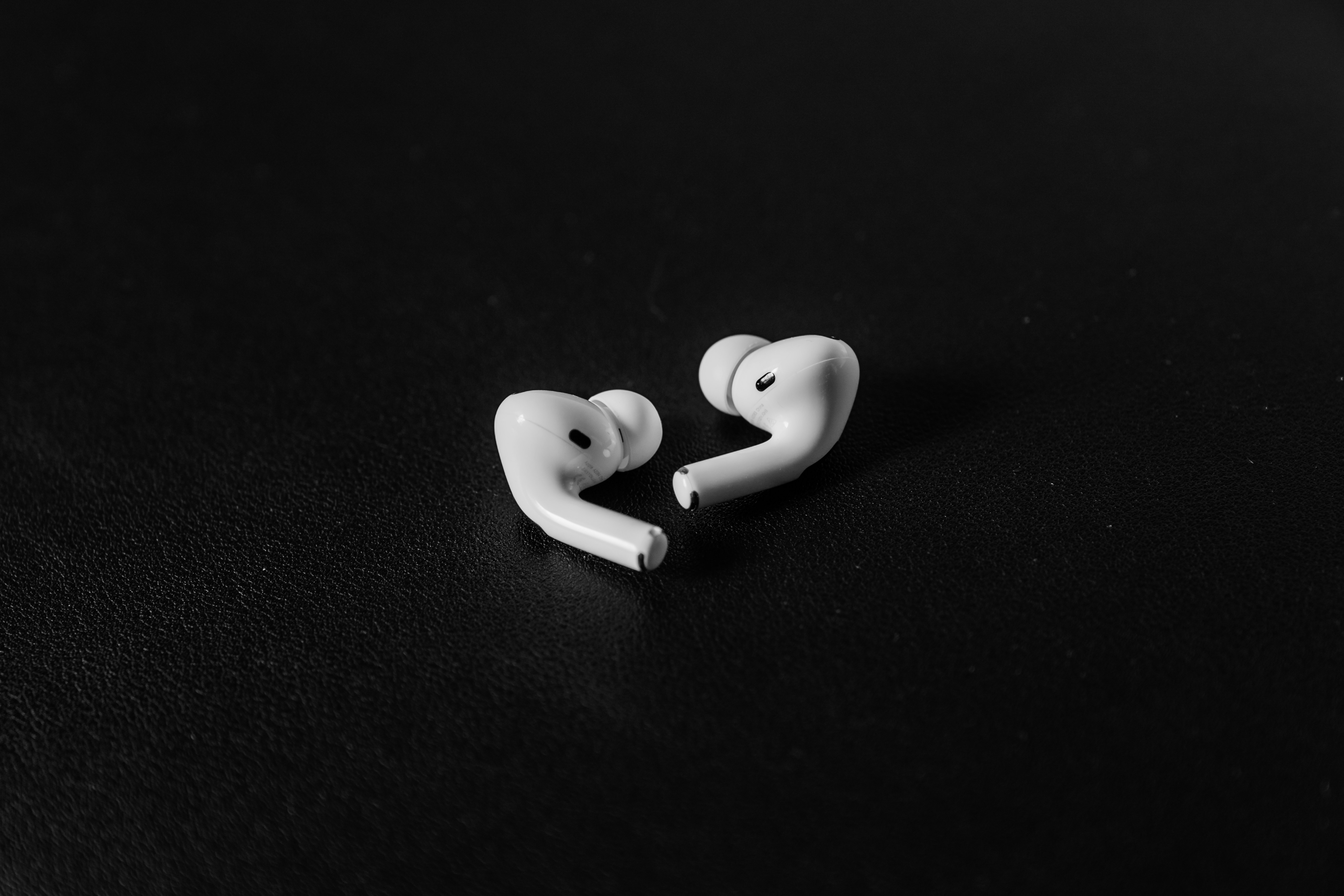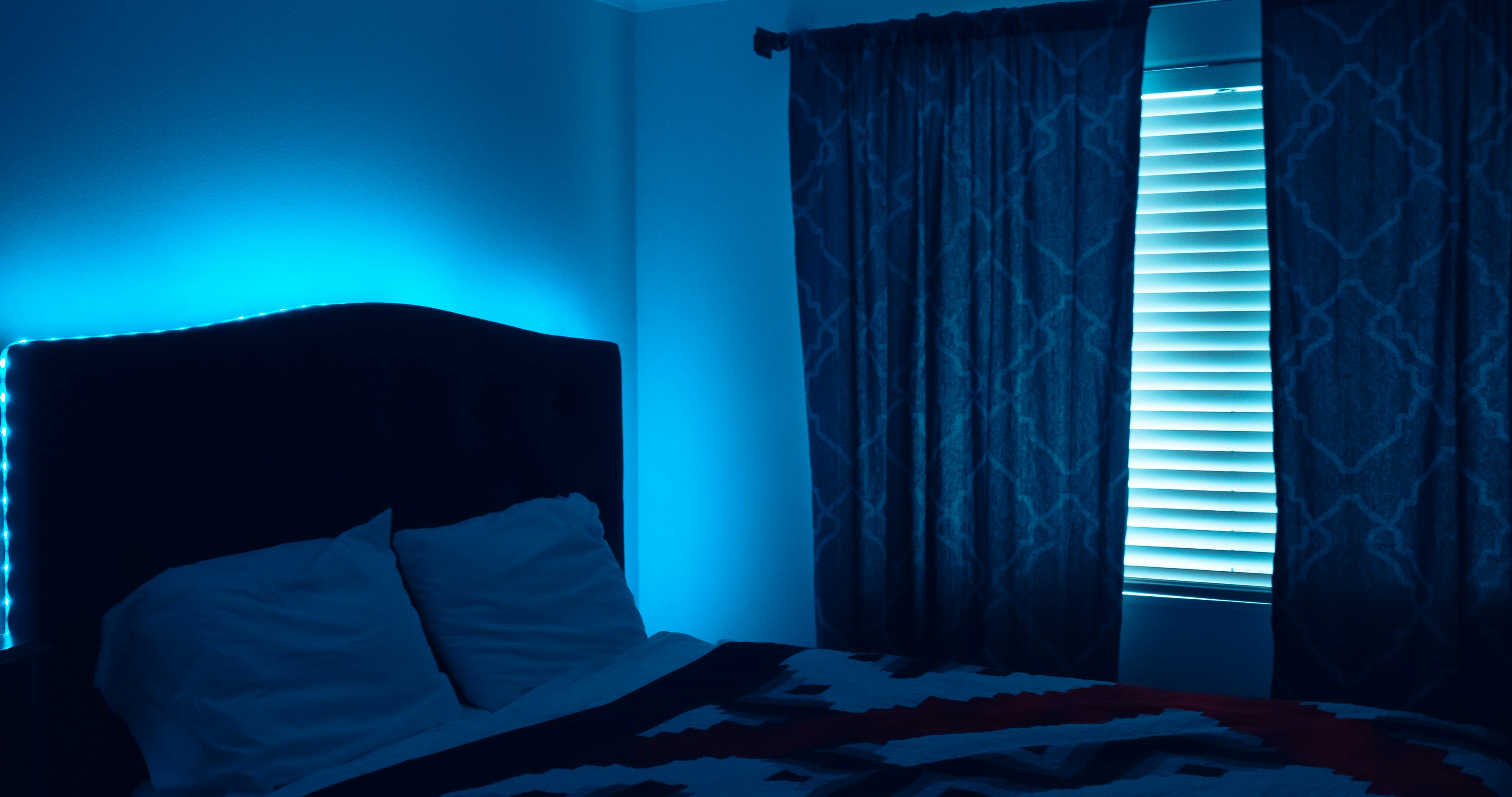Lede: Love the ocean, rivers, or winter swims? Your ears may be quietly building bone to protect themselves—until one day sound gets quieter, water won’t drain, and infections flare. Surfer’s ear (exostosis) is common, preventable, and very treatable when you know what to do.
What is “surfer’s ear,” exactly?
Surfer’s ear is the nickname for external auditory exostoses—benign bony growths that form in the ear canal after years of exposure to cold water and wind. Think of it as your ear’s overprotective response: repeat cold irritation nudges bone to thicken and grow inward. Over time, the canal narrows, water and wax get trapped, and hearing can drop.
Exostoses are different from osteomas (a single, usually solitary bony bump). Surfer’s ear typically shows multiple rounded growths on the canal walls, often on both sides, and is strongly linked to time spent in cold water.
Why it matters for hearing
When the ear canal narrows, sound has a harder path to your eardrum. That can create a conductive hearing loss—where sound is reduced or blocked on its way in. You might notice:
- Muted, muffled sound, especially after swimming
- Recurrent ear infections (swimmer’s ear) that further reduce hearing temporarily
- Persistent water-trapped sensation or sloshing noises
- Fullness, pressure, or pain after cold-water sessions
If you already wear hearing aids, exostoses can complicate fit, cause feedback, and make moisture problems worse. The good news: with prevention and timely care, most people keep doing what they love in the water and hear well on land.
Early signs you shouldn’t ignore
- Water takes longer to drain from one or both ears
- Increased ear infections or itch after surf, swim, paddle, or cold showers
- Feeling like the ear is “clogged” that wax drops and bulb syringes don’t fix
- New muffling on one side, especially in windy or cold seasons
- Needing to “shake out” your ear more often to feel normal
None of these symptoms prove exostoses, but together—especially with years of cold-water exposure—they’re strong hints. A quick look by an ENT or trained clinician can confirm it.
Who’s most at risk?
- Surfers, bodyboarders, open-water swimmers, triathletes, free-divers, kayakers, rowers, sailors
- People training in water under roughly 19°C/66°F (risk rises as water gets colder)
- Those with years of exposure (risk increases with cumulative hours in cold water)
- Anyone in cold, windy conditions where wind funnels into the ear canal
Warm-water athletes can still develop exostoses, just more slowly—especially with wind and frequent sessions.
Prevention that actually works
You can’t control water temperature, but you can control what it does to your ear canals. Two strategies make the biggest difference:
1) Keep cold water and wind out
- Wear earplugs made for water: Surfer-specific or swimmer’s plugs seal against the canal walls and block water. Options include custom-molded silicone plugs, reusable flanged plugs, and hydrophobic membrane plugs that let pressure equalize but resist water.
- Add a hood or headband: A snug neoprene hood or surf headband reduces wind-chill inside the canals and helps keep plugs seated.
- Be consistent: Prevention only works when you use it every session, not just in winter.
2) Help your ears dry safely afterward
- Tip and wick: After getting out, tilt your head and gently wick the outer ear with a clean tissue. Don’t insert cotton swabs into the canal.
- Use a hair dryer on cool/low: Hold at arm’s length for 30–60 seconds per ear to help evaporate moisture.
- Consider drying drops: Over-the-counter alcohol-based or acetic acid drops help water evaporate and support a healthy canal environment. Do not use if you have ear tubes, a known eardrum perforation, recent ear surgery, or pain—speak with a clinician first.
Bonus tip: Rinse saltwater off your outer ear and equipment. Salt residue can irritate skin and affect earbud or hearing aid hygiene.
Choosing the right plugs for you
The best earplug is the one you’ll actually wear—comfortably—for the entire session. Here’s how to pick:
- Custom-molded plugs: Highest comfort and retention; great for long sessions or heavy surf. Ask for a filter that allows some venting so you maintain balance and awareness.
- Reusable flanged plugs: Affordable, easy to replace, and effective if sized correctly. Try a few styles to find a secure, non-irritating seal.
- Membrane/plotted plugs: Designed to reduce water entry while preserving some hearing and pressure equalization—popular with surfers.
What about noise-cancelling earbuds? They’re not designed to block water and can trap moisture. Use water-specific plugs in the water; save earbuds for the beach.
Safe drying and cleaning: do’s and don’ts
Do
- Let gravity help: tilt and gently tug the outer ear to straighten the canal
- Use cool/low hair dryer air at a safe distance
- Use drying drops only if your eardrum is intact and your clinician has okayed them
- Keep hearing aids and earmolds dry; store in a dehumidifier after use
Don’t
- Don’t insert cotton swabs, bobby pins, or ear candles—these can injure the canal, push wax deeper, and increase infection risk
- Don’t use harsh chemicals in the ear
- Don’t ignore persistent pain, drainage, or hearing changes
When to see a professional
Get a prompt ear check if you notice:
- Pain, swelling, or drainage after water exposure
- Hearing that stays muffled more than a day
- Frequent ear infections
- Chronic trapped-water sensation
An ENT (ear, nose, and throat specialist) can examine your canals, confirm exostoses, and rule out other causes like earwax impaction or infection. An audiologist can test hearing to see if the loss is conductive (outer/middle ear) or sensorineural (inner ear). If you use hearing aids, ask your audiologist about moisture protection and fit tweaks.
How exostoses are diagnosed
- Otoscopy: Looking into the ear with a lighted instrument shows the bony growths and degree of canal narrowing
- Audiogram and tympanometry: Assess how sound travels and how the eardrum moves; helpful to quantify any conductive hearing loss
- Imaging: CT scans are usually reserved for surgical planning or when the view is blocked by severe narrowing
Treatment: from watchful waiting to surgery
Not all exostoses need surgery. Your plan depends on symptoms, infections, and hearing impact.
Conservative care
- Prevent further growth with consistent ear protection and drying habits
- Treat infections promptly with clinician-guided drops and care
- Manage wax with professional removal; avoid DIY digging that can damage skin
- Monitor hearing with periodic audiograms if you’ve had repeated infections or feel ongoing muffling
When surgery is considered
If your canal is severely narrowed, infections are frequent, or hearing is persistently affected, an ENT may recommend canalplasty (also called exostectomy). The surgeon removes the bony overgrowths and widens the canal so water and sound can pass freely.
What to expect:
- Approach: Through the ear canal or behind the ear under anesthesia
- Tools: Specialized chisels or drills to carefully remove bone while protecting the eardrum and skin
- Recovery: Ear canal packing for a short period; activity and water restrictions while healing; follow-up to ensure the skin lining heals smoothly
- Results: Less water trapping, fewer infections, and improved hearing if blockage was the cause
Important notes:
- Regrowth can happen with continued cold-water exposure. Protection after surgery is essential.
- Risks include canal skin injury, scarring, eardrum damage (rare), and temporary sensitivity. Experienced surgeons take steps to minimize these.
Living—and hearing—well with exostoses
If you’re staying in the water
- Commit to earplugs plus a hood in cold or windy conditions
- Carry drying drops (if approved for you) and a small microfiber towel
- Rinse ears externally with fresh water after saltwater sessions
If you use hearing aids
- Moisture management: Use a hearing aid dehumidifier nightly; ask about nano-coatings and moisture-resistant styles
- Fit and feedback: Exostoses can change canal shape—your audiologist can adjust domes/molds and feedback settings
- Activity plan: Remove aids before water exposure; keep a protective case and drying kit in your bag
Hearing strategies on land
- Reserve the noisy-side ear for less critical conversations if one side is more affected
- Use assistive tech (remote microphones, captions) during flare-ups or infections
- Schedule regular hearing checks to catch changes early
Myths to skip
- “I’ll just blast hot air to dry it out.” Too much heat can irritate the canal. Stick to cool/low airflow at a safe distance.
- “Ear candles clear everything.” They don’t. They can burn you and deposit wax in the canal.
- “If it doesn’t hurt, it’s fine.” Exostoses can be painless for years while quietly narrowing the canal.
- “Warm-water sessions undo the damage.” Once bone has thickened, warmth doesn’t reverse it. Only surgery removes existing growth; prevention slows future growth.
Your simple action plan
- Start wearing water-specific earplugs for every cold-water session; add a hood in wind
- Dry ears safely after each session; consider approved drying drops
- Book an ear exam if you’ve had persistent muffling, infections, or trapped-water sensations
- Ask an audiologist for a baseline hearing test, especially if water sports are a big part of your life
You don’t have to give up the water to protect your hearing. A few smart habits keep your canals open, your sessions fun, and your hearing sharp for years to come.
Frequently Asked Questions
Can exostoses go away on their own?
No. Once bone has grown in the ear canal, it doesn’t shrink back. Prevention can slow or stop further growth, but only surgery (canalplasty) removes existing exostoses. Many people manage well without surgery by using ear protection and treating infections promptly.
Do I need to wear earplugs even in warm water?
Risk rises with colder water, but wind and frequent exposure matter too. If you already have exostoses or surf often, wearing water-specific earplugs consistently—year-round—helps protect your canals and reduce infections.
Are noise-cancelling earbuds a substitute for surf or swim plugs?
No. ANC earbuds are not designed to keep water out and can trap moisture. Use earplugs made for water sports and, if needed, a neoprene hood for wind protection.
How do I know if I need surgery?
Consider an ENT consult if you have frequent infections, persistent trapped-water sensations, or hearing that stays muffled due to canal narrowing. An exam and hearing test can show how much the canal is blocked and whether canalplasty could help. An audiologist can guide hearing management before and after treatment.
References
- CDC – Swimmer’s Ear (Otitis Externa): Prevention and Care
- NCBI Bookshelf – External Auditory Exostoses (StatPearls)
- Mayo Clinic – Swimmer’s Ear (Otitis Externa)



